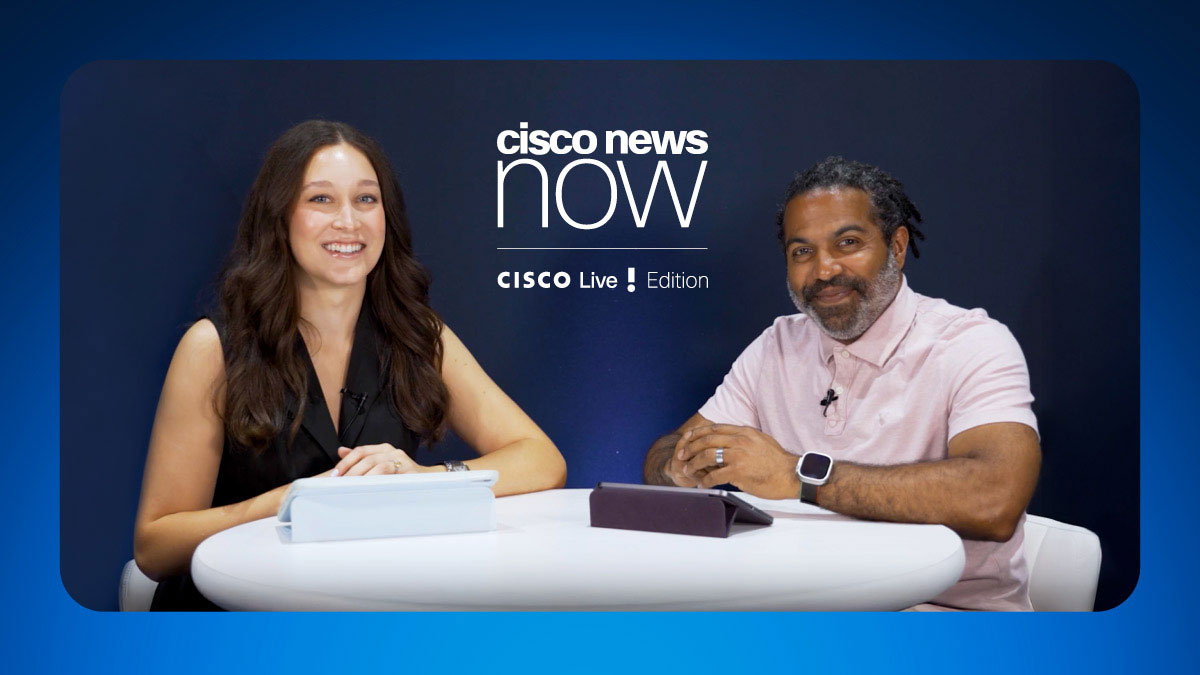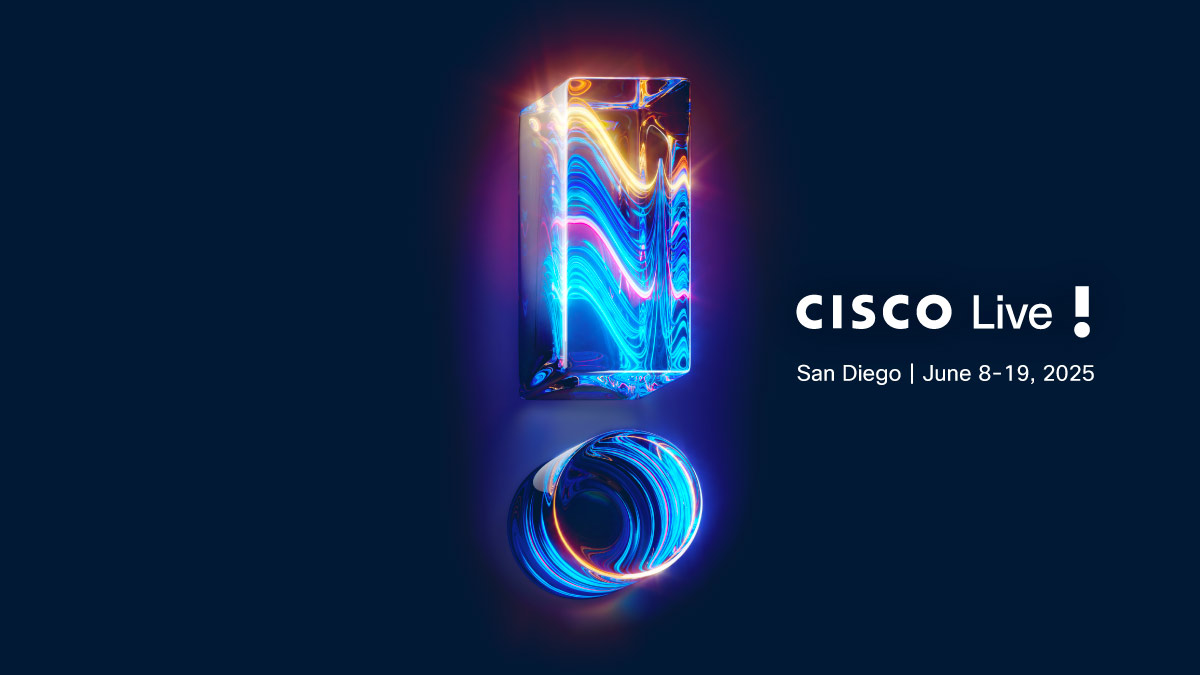SAN JOSE, Calif., Aug. 15, 1994 -- Cisco Systems next month will begincustomer shipments of its Asynchronous Transfer Mode (ATM) switch, theHyperSwitch A100. The new product will be the first ATM switch to supportthe Phase 0 P-NNI (Private Network Node Interface) protocol adopted by theATM Forum in July and soon to be finalized as the first available solutionfor ensuring interoperability among multi-vendor ATM switches.
The HyperSwitch will be used in conjunction with Cisco's
Larry Lang, senior product line manager, said, "Cisco is the firstvendor to offer both a PNNI-compliant ATM switch and a UNI-compliant ATMrouter, providing the industry's only complete ATM solution based on ATMForum standards. The combination of the HyperSwitch and the AIP card willallow users to create high-speed switched internetworks that eliminatecongestion problems in corporate backbone internetworks.
An Interoperability Standard for ATM Networks
Lang called Phase 0 P-NNI support "a critical component of our ATMstrategy. Cisco led the way in defining this protocol, which provides anurgently needed interoperability standard for ATM networks. Now, for thefirst time, users can build multi-switch, multi-vendor networks and set upswitched virtual connections across those networks without resorting toproprietary protocols that lock customers into a single vendor'ssolution."As a founding member of the ATM Forum, and chair of the LAN emulationworking group, Cisco is committed to the development and implementation ofcurrent and emerging industry standards that permit true interoperability."
Cisco will continue to play a leading role as the ATM Forum pursuesdevelopment of the Phase 1 P-NNI standard, a more sophisticated andscalable version of Phase 0 that is expected to be finalized by the secondhalf of 1995.
The HyperSwitch,
Recognizing the importance of congestion and traffic management inprivate ATM networks, the HyperSwitch A100 is designed to support up to2,000 (minimum 1,000) cells of buffering per port -- more than any otherprivate network ATM switch. At the same time, priority mechanisms ensure lowlatency for such time-sensitive applications as voice and video. Inconjunction with the traffic-shaping capabilities of the Cisco AIP, thesefeatures will allow router clusters made up of Cisco ATM routers andHyperSwitches to offer unprecedented levels of loss-free throughput forprivate networks.
Available HyperSwitch interfaces, compliant with ATM Forumspecifications, are TAXI 4B/5B (100-Mbps) and SONET/SDH STS3c/STM1 (155Mbps), both on multi-mode fiber. Future plans call for SONET single-modefiber and copper unshielded twisted pair category 5 (UTP-5), DS-3 and E-3interfaces. Interface types can be freely mixed and matched for use inworkgroup or WAN switching.
Supporting all traffic and ATM Adaptation Layer (AAL) types, theHyperSwitch uses a non-blocking, 2.4-Gbps cross-bar matrix switch fabricthat minimizes cell loss. It has two priority levels and separate queuingclasses for data- and time-sensitive traffic. Multicast traffic is handledwith no throughput degradation. The HyperSwitch includes SNMP-basednetwork management.
The HyperSwitch offers fully integrated support for ATM Forum UNI V3.0signaling, eliminating the need for a separate connection management systemthat could reduce reliability. Both permanent and switched virtual circuits(PVCs and SVCs) are supported. The same signaling code is used on the AIPand the A100, ensuring interoperability.
HyperSwitch Pricing
The HyperSwitch chassis and two interface types are available nextmonth. The chassis is priced at $21,900. The SONET 155-Mbps interfacecard is priced at $1,250, and the TAXI 100-Mbps interface card at $1,050. Up to 16 interfaces of the same or different types can be used in thechassis. Bundled packages of the HyperSwitch and the AIP module will also beavailable.Cisco Systems, Inc., is the leading worldwide supplier ofhigh-performance, multimedia and multiprotocol internetworking products,including routers, bridges, workgroup systems for 10-Mbps/100-Mbps datatransmission, ATM switches, communication servers, software routers, androuter management software. Cisco technology is used to buildenterprise-wide networks linking an unlimited number of geographicallydispersed LANs, WANs and IBM SNA networks. In the United States, Cisco istraded over the counter under the NASDAQ symbol CSCO.
Banyan VINES and DECnet/OSI.The Cisco IOS will also support multiple X.25virtual circuits over a single ISDN B-Channel allowing small offices togain access to X.25 networks without the burden of leased line rental.
Cisco products support all popular ISDN signaling schemes and arecertified for ISDN operation in 18 countries. In 1992, the Cisco 3000became the first multiprotocol router to provide a native ISDN interface.
Cisco Systems, Inc., is the leading worldwide supplier ofhigh-performance, multimedia and multiprotocol internetworking products,including routers, bridges, workgroup systems for 10-Mbps/100-Mbps datatransmission, ATM switches, communication servers, and router managementsoftware. Cisco technology is used to build enterprise-wide networkslinking an unlimited number of geographically dispersed LANs, WANs and IBMSNA networks. In the United States, Cisco is traded over the counter underthe NASDAQ symbol CSCO.



